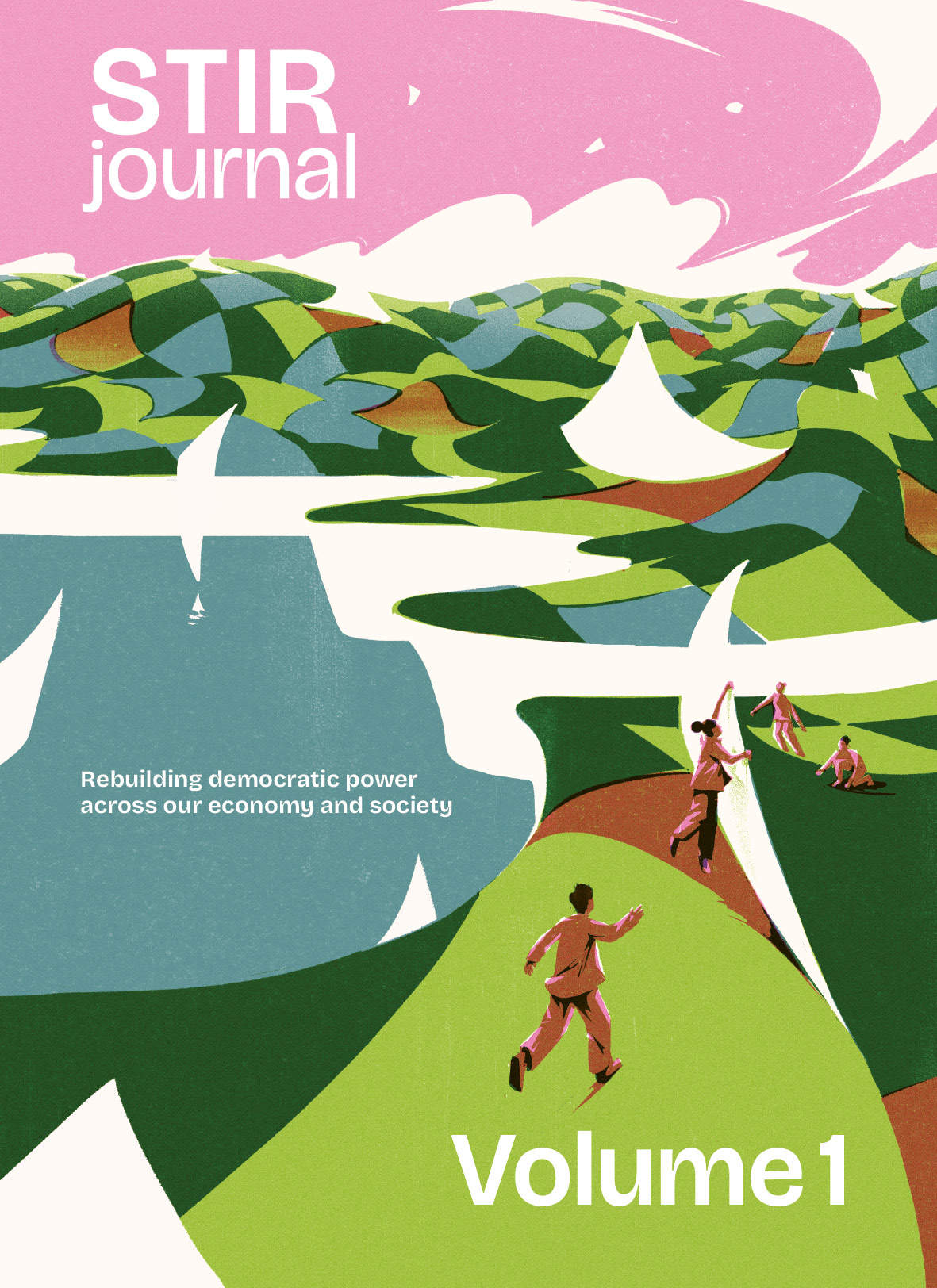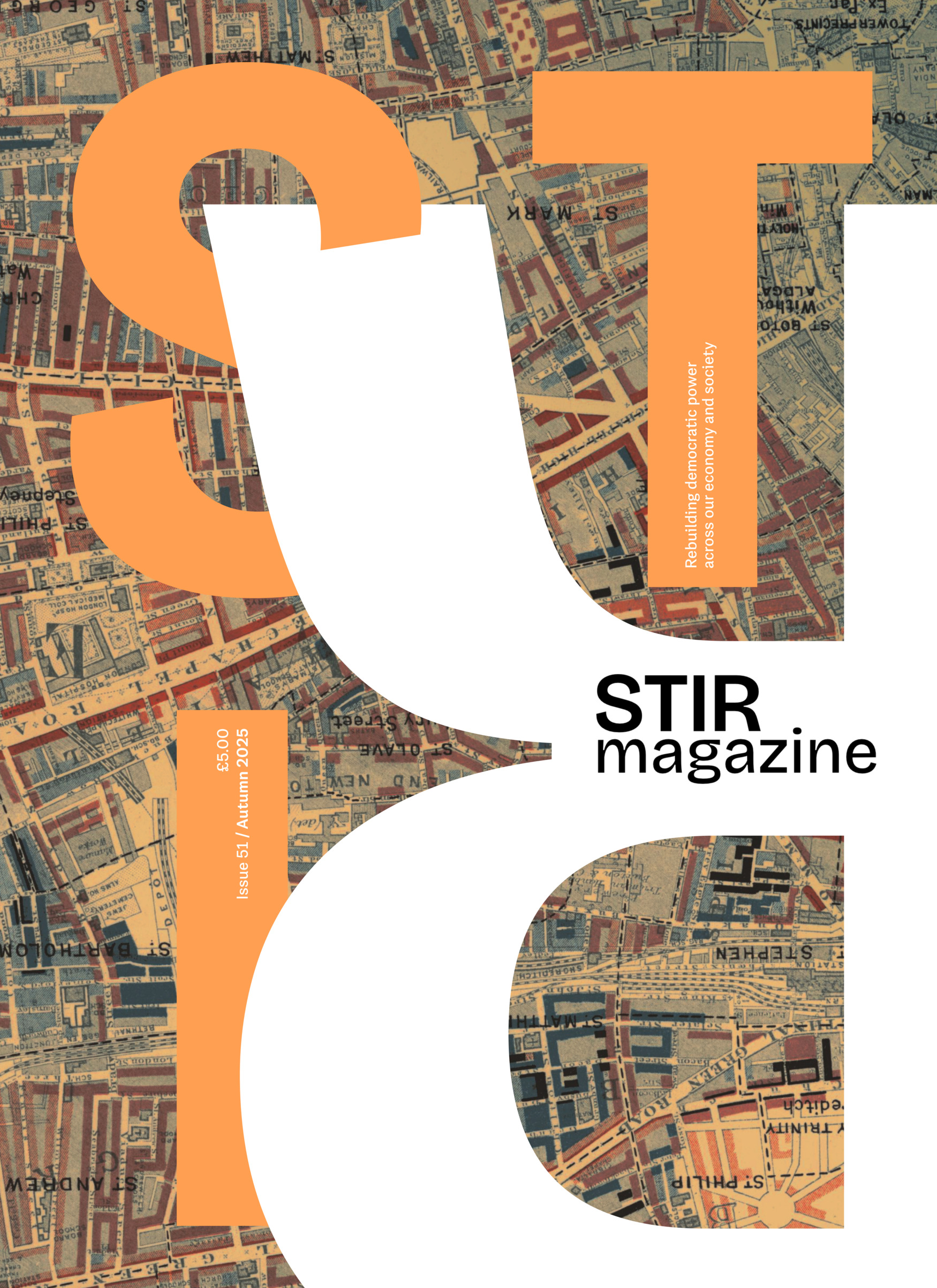Robert Macfarlane’s writing has ascended mountain peaks and followed ancient trackways, and his previous book, Underland, delved into the “deep-down dark” of caves, mines, catacombs, and the Onkalo nuclear disposal facility. His latest book, Is a River Alive?, straddles the surface and the subterranean, focusing on three main water bodies: the Rio Cedro, flowing through the ‘cloud forest’ of Los Cedros in Ecuador; the creeks, lagoons, and estuaries of Chennai in Tamil Nadu, India; and the Muteshekau-Shipu, or Magpie River, on the ancestral territory of the Innu Nation, Canada. There is also a chalk river who flows near to Macfarlane’s home in Cambridgeshire, and he brackets the book’s sections with visits to the swelling and subsiding springs. (Note the ‘who’ used throughout the book to move away from the objectifying ‘which’, ‘that’ and ‘it’ ordinarily used for non-human beings).
At the heart of the book is the titular question, which Macfarlane asks both of himself and the activists, ecologists, and adventurers he meets along the way. He assures the reader that it is not meant rhetorically; though its answer is complex, it is meant seriously with real-world application and consequences. It is also not supposed to be novel – Macfarlane describes it as an “old-growth question”. But it is thoroughly timely. The book comes in the wake of a number of landmark cases of the international ‘Rights of Nature’ movement, in which rivers, forests, and national parks have been granted legal rights and ‘legal personhood’. The Rights of Nature movement is in recognition of the triple planetary crisis we face of climate change, pollution, and biodiversity loss, and the urgent need for “radical protection and restoration of watersheds, forests, wetlands and biodiversity”, in the words of the Global Alliance for the Rights of Nature (GARN). The movement also acknowledges the relationship of Indigenous peoples to more-than-human entities, often viewed as part of an interconnected web rather than as resources to control and exploit.
So, can a river be considered a living entity – “life-giving and rights-bearing” – and what would this mean for law, culture, and politics?
Desecrated waters
“If you find it hard to think of a river as alive, try picturing a dying river or a dead river.”
In 2024, storm overflows in England discharged untreated sewage for a record total of 3,614,427 hours, according to The Rivers Trust. No river in England or Northern Ireland is in ‘good overall health’. The River Lym near where I live was declared “ecologically dead” in 2023 due to intense sewage releases, with the local water company making vague promises of change by 2027. The dire predicament of our rivers has become the norm in recent years. Writing of this rapidly shifting baseline, Macfarlane writes that rivers have become “rivers you cannot drink from without falling ill, which have in turn become rivers you cannot swim in without falling ill”.
The privatisation of water companies in England and Wales has, unsurprisingly, proved shockingly bad for the ecosystems treated merely as an endlessly extractable resource. All over the world, commons laws and practices of sustainable use have been broken to allow authorities and companies to use rivers for monetary gain. Of the rivers Macfarlane spends time with, the waters of Chennai are the sickest: litter, sewage, and heavy-metal pollution have poisoned the rivers almost beyond repair. Yet activists, like the young Yuvan who guides Macfarlane in this section, attempt tirelessly to heal and protect the wounded ecosystems. The cloud forest of Los Cedros, meanwhile, was saved in 2021 by a ruling made in 2008 by Ecuador's Constitutional Assembly, granting nature the right to exist, regenerate, be restored, and be respected. When, nearly 20 years later, a Canadian firm came prospecting the forest for mining, the law protected the forest and river by ruling that mining would be a violation of Ecuador’s constitutional Rights of Nature.



.jpg)
.jpg)










